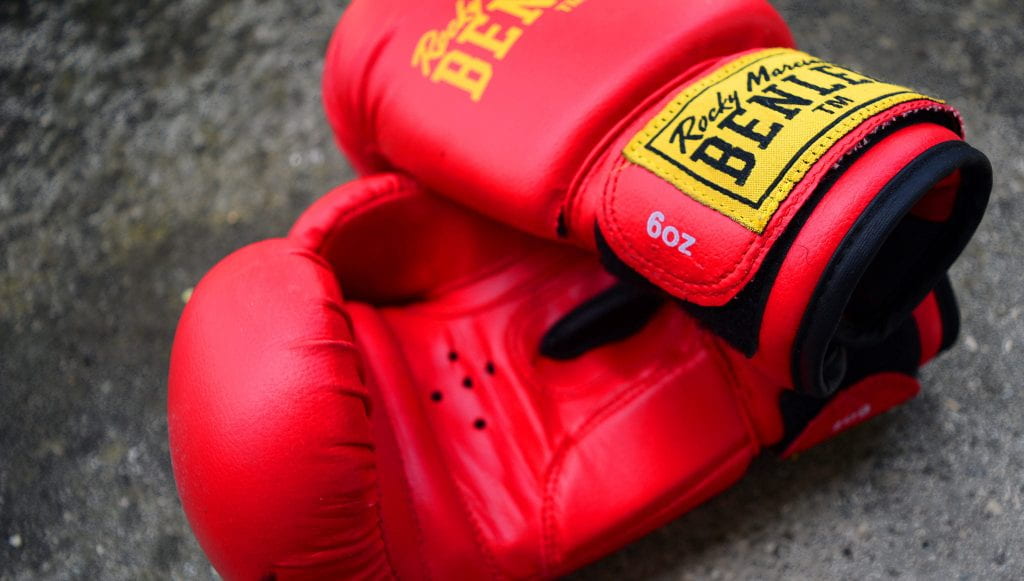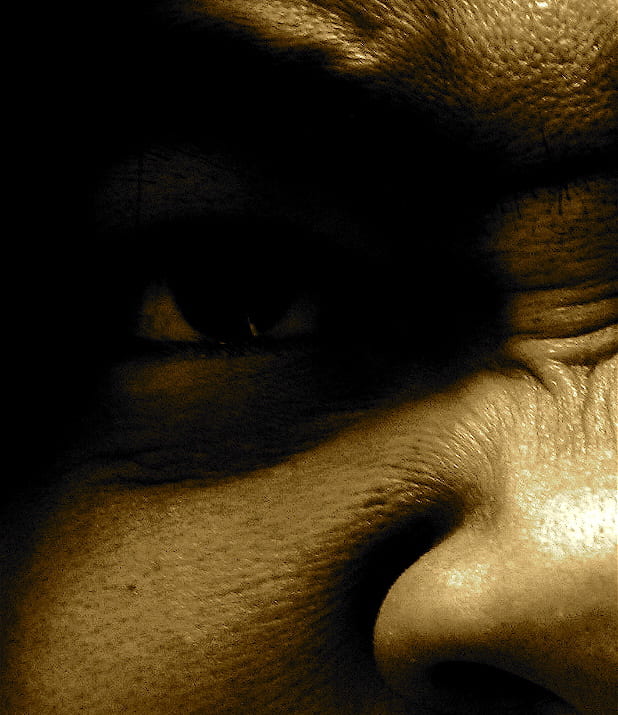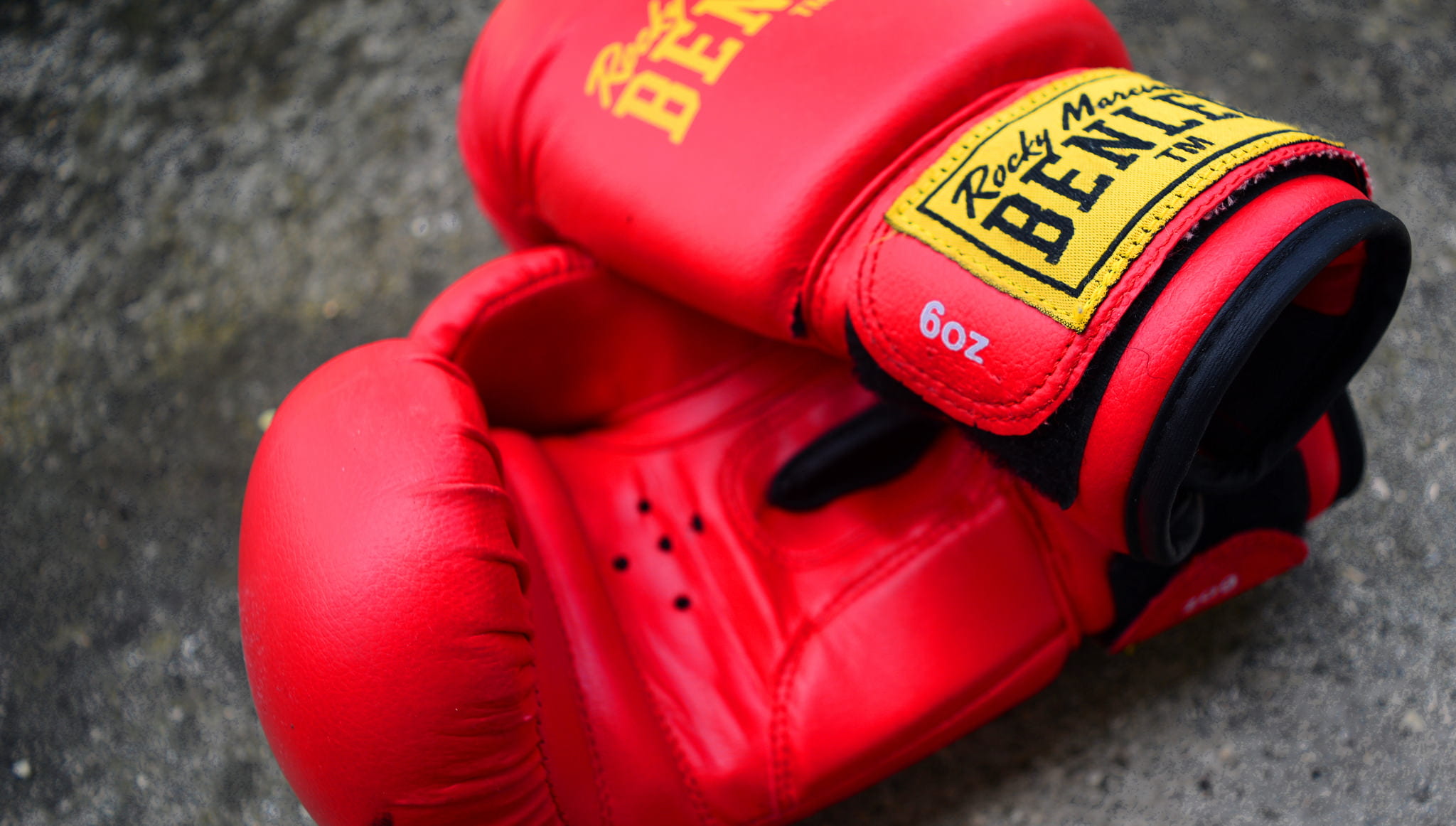
“Sticks and stones may break my bones but words will never hurt me.” Saying and repeating this mantra is a daily occurrence on some playgrounds and households. The harsh reality is words do hurt because the bruises and wounds they inflict remain in the core of the psyche and being. A video of Keaton Jones set the world of social media ablaze on his behalf late last year. Jones, a middle-schooler from Tennessee, tearfully retold his experience with bullies during the day. There is a temptation to turn Jones into a “poster child for inspiration porn”; thereby negating the reality that being different remains a negative within some societies, including America. Siblings bully each other by calling one another names, coworkers often haze the newbies, jocks put nerds in lockers, and presidential candidates mock journalists with disabilities. In other words, we are in the midst of a bullying epidemic.
Epidemic is generally used to describe the spread of an infectious disease, one that is seemingly out of control. Society fails to view the unintended consequences of words as part of an epidemic that spans the public and mental health sphere, and reaches into the realm of human rights. The ultimate issue with this bullying epidemic is that it infringes on the individual’s (or group’s) right to a peaceful environment. Humiliation and marginalization, fueled by a desire for control, are the ultimate effects projected onto countless targets. These effects, often times, cause targets to make irreversible and life changing decisions like 10-year-old Ashawnty Davis and 13-year-old Rosalie Avila who both committed suicide after copious amounts of schoolyard and online bullying they endured. Their deaths speak to a direct need for awareness and prevention tactics in the classroom, family, and society. The words bully and bullying have a stereotype and stigma that leads many individuals to make assumptions that seek to label the bully rather than their actual behavior. The misapplication of labels, placed on a bully, dehumanizes their personhood rather than their behavior. This blog examines the interplay between the assumptions and realities of the bullying persona.
R.J. Palacio wrote Wonder following an encounter with her child and another in an ice cream shop. Wonder tells the story of August “Auggie” Pullman, a 10-year old boy, who is blighted by a severe facial deformity. Because of his deformity, his peers and often times other adults are cruel to him. As Auggie starts middle school, his peers find his appearance off-putting so they choose to isolate him. The school culture created an environment where ostracism is the result of not fitting in. The bullying behavior begins with isolation and badmouthing by his peers. The story begins to take a turn when one of Auggie’s friends, Jack, is caught making fun of him. Jack so desperately wants to fit in that his lack of self-confidence influences his courage and willingness to defend Auggie when others are badmouthing him. Jack is a classic example of the bystander role. Many of us find ourselves witnessing a bullying situation and we, more than not, choose to ignore the situation or join in on the bullying. Jack’s betrayal of Auggie cuts so deeply that he holes himself up in the bathroom in tears.
Auggie’s reaction is common. Much like Keaton Jones, those on the other end of a bully’s action and/or words do not understand why others are so cruel. Ultimately, in the book, Jack and the others in Auggie’s grade realize that it is better to choose kindness. They rally around Auggie and accept him as one of their own. They see all of the values he possesses and admire him for his courage and perseverance. This story is an example of what bullying awareness can bring; unfortunately, bullying situations do not always end so positively.

Bullying is a multi-faceted phenomenon, influenced by many factors that not easily explained. It is a unique and complex form of interpersonal aggression. Aggression takes many forms and manifests in different patterns of relationships; it is a show of oppression in an attempt to gain power over another individual. Coincidentally, bullying behavior is not just the result of individual characteristics, but influenced by multiple relationships with peers, families, teachers, neighbors, and various other interactions with societal influences. It is important to note this distinction in order to equate a bully’s actions to be a result of their personal psychology and their interactions with the environment.
Bullying can be broken down into two categories. The first form of bullying occurs when the bully and their target are in the presence of one another. This is direct bullying and observable when a bully physically or verbally harasses their target directly. Spreading rumors is a method of indirect bullying because the aggressive behavior occurs ‘around’ the target. Under those two umbrella terms, there are four types of bullying: physical, verbal, relational, and damage to property. Physical bullying encompasses hitting, biting, kicking, or punching. Verbal bullying occurs when the bully chooses to use words to hurt and harass their targets. Relational bullying involves efforts to harm the reputation or relationships of the targeted targets. Lastly, damaging one’s property is its own form of bullying because it not only involves a target’s personhood, but their property as well.
Bullying can happen in any number of places, contexts, and locations. It is not isolated to the stereotypical shove in a locker or thrown in the trashcan after school. The more digitized society becomes, the more complex and viral the bullying. Electronic bullying, or cyberbullying, involves the oppression and assertion of power over an individual through social media and other digital outlets. Cyberbullying focuses on context or location versus an actual type of bullying because it happens over the internet. Although this form of bullying occurs through the internet, its consequences are just as detrimental to its targets. Depression, suicide, and anxiety are just a few ways that cyberbullying can affect its targets. School, the workplace, the mall, online, and the bar are all places where bullying can be perpetrated. In the case of Ashawnty Davis, the viral sharing of the altercation she experienced at school proved too much for her to overcome.
When thinking about bullying and its perpetrators, it is important to note that it is fluid in its nature and involvement. Studies show that frequent targets and frequent perpetrators assume different roles in bullying across school years as well as young adulthood. Thus, individuals can observe bullying, experience bullying, and perpetrate bullying across different situations over time. Across contexts, for instance, a student may be targeted by classmates at school but bully his or her siblings at home.
Jack, who starts as August’s friend, later finds himself in the position of a bully. He badmouths August in order to gain notoriety with his classmates. Eventually, his role shifts from being a bully and a bystander, to becoming an “upstander.” An upstander is a person who acts for positive change. Jack does this by sticking up for August when others attempt to bully him. However, by standing up for August, he finds himself now being bullied as well, thus falling into the targets role.
Research shows that being involved as both a perpetrator and targets seems to compound the impact of bullying. Bully-targets find themselves at greater risk for anxiety, depression, low self-esteem, self-harm, suicidal thoughts, suicide, substance abuse, and a host of other psychoanalytic disruptions. The misconception that bullies bully because they themselves have been targets is an overgeneralization to the psychoanalytic aspects at play when an individual sets out to bully someone else. We cannot simply equate their actions as retaliation.
What makes an individual more susceptible to becoming a bully? A variety of factors including the association with callous-unemotional traits like psychopathic tendencies, endorsement of masculine traits, conduct problems, and antisocial traits may contribute to exhibiting bullying behavior. In children, being the target of a bully can manifest in depression, anxiety, truancy and poor performance, loneliness and withdrawal. Bullies targets those who tend to less well liked, less accepted, and more rejected by peers. The relationship between perpetrator and targets is a power struggle in allowance for the superior party to oppress and marginalize their targets. The consequences of bullying and targetization is complex in its nature. Studies show that bullies are also at risk for many of the same adverse side effects as their targets. Bullying perpetration often leads to anxiety and depression, social withdrawal, delinquent behavior, and adult diagnosis of antisocial personality disorder.
We, as a society, must assist in implementing intervention and prevention tactics to combat bullying behavior. Education and awareness are essential. Begin by recognizing the many forms that bullying takes – beyond simple name calling in a second grade classroom. Bullying transcends the classroom into adulthood. At the end of Wonder, the revelation that Auggie’s bully experiences bullying brings the story full circle. Summer, along with Jack, help to balance out this narrative by offering their friendship and support to August when no one else will. Once we recognize the many facets of bullying, we can begin to have those tough conversations about choosing kindness.

